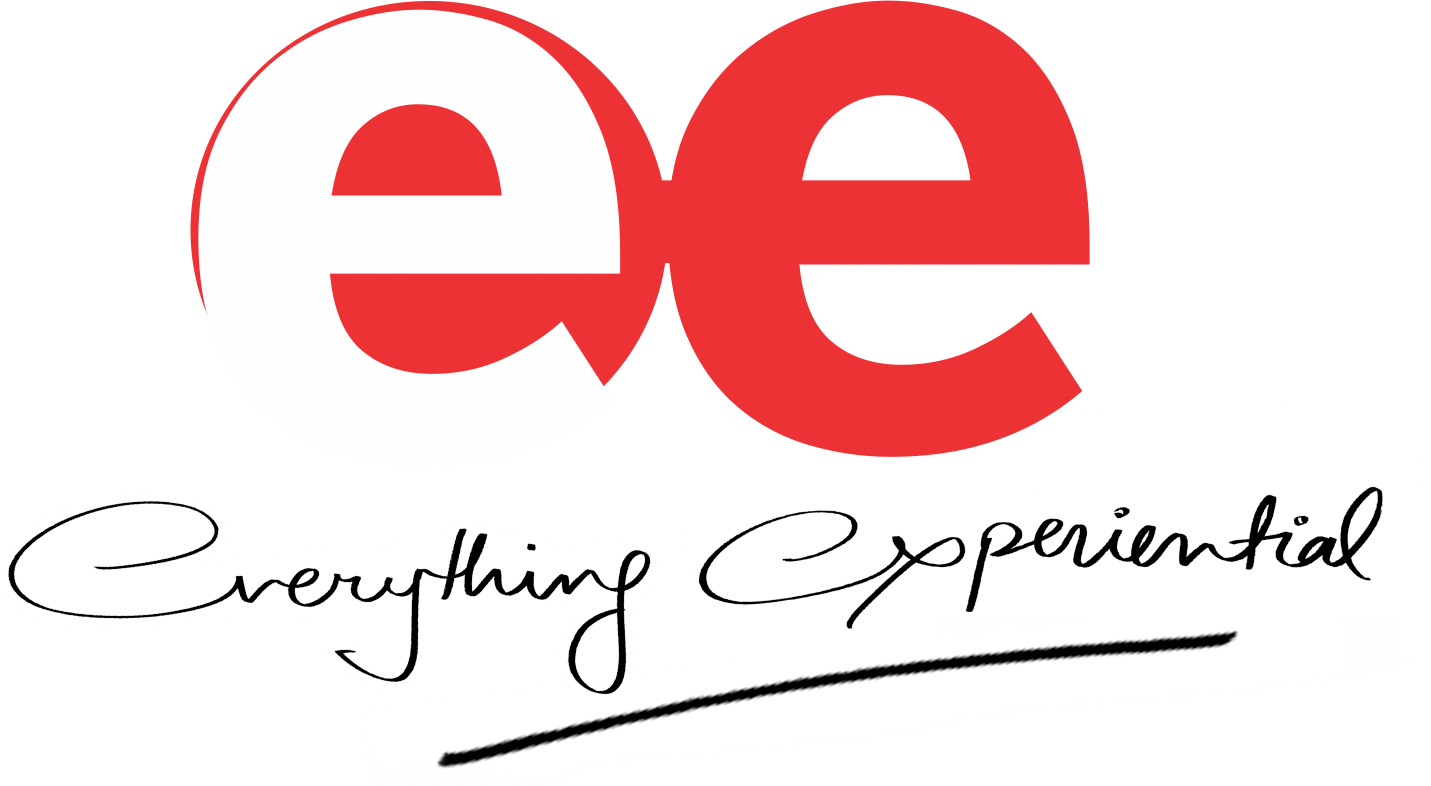However, these traditional media-driven marketing approaches and allocating media dollars according to channel (TV, Digital, Print, OOH, etc.) has to evolve. Media buying is increasingly moving towards buying individuals and the characteristics and behaviours that make them the target audience for a brand’s product or service. Similar ways Digital Video media buying is becoming quite dynamic in order to follow consumers across streaming services and other platforms, but also have to be relevant at each step of the way. The new age media buying is all about personalization and how brands needs to communicate with consumers across different OTT platforms basis the type of content they are watching, time of the day, type of device they are using to stream content and similarly many more proxies which are currently available for a planner at the planning stage. The need of the hour is to have a unified frequency setup across OTTs to avoid impression wastage and help brands reach audience with right number of ad exposures across OTT platforms.
Thanks to recent advancements in the programmatic space and with more publishers adopting to PMP (Private Market Place) buying model. Last Year, Xaxis in India created their own premium video marketplace in partnership with Pubmatic and all leading OTT platform, which allows them to cap frequency across OTTs to build a unfied view of consumer along with required brand safety and ad vertification checks in place by using Nielsen DAR, MOAT and IAS.
An increasingly pressing question is also around how do marketers best deliver commercial messages to consumers on this new playing field? Some marketers are already including connected TV/over the top (CTV/OTT) in their campaigns. Video advertising on these platforms will witness brighter and more lucrative prospects via the OTT video medium. However, we have entered a new world of data-driven, addressable, accountable and increasingly automated television, and brands are under pressure to create more individualized experiences that can tap into the targeting and personalization capabilities available with these new platforms.
WHAT DOES THIS MEAN IN PRACTICE?
First, consider our industry’s propensity to think in silos. We tend to think of addressable TV, CTV/OTT and digital video separately, but they are all targetable, premium video platforms and should not be approached separately. When you separate planning and budget, the risk is that you will hit the same consumer multiple times with the same advertisement. Holistic planning, buying and measurement is now essential to effectively engage consumers and prevent waste, and this can only be managed by fluid budgets that operate outside of silos.
Second, let’s think about the balance between brand building and direct response. Because CTV/OTT is targetable media and flexible for personalization, people question what will happen to the mass brand storytelling for which traditional TV is primarily used. The reality is that CTV/OTT is simply becoming the new TV. Its the way large segments of consumers will access premium TV content. As we see by its current use for reach extension, CTV/OTT is a medium through which mass brand messaging can continue going forward. The fact that it is more targetable and measurable than ‘old TV’ enables marketers to elevate and personalize their messaging when appropriate. So, it can be the best of both worlds. Marketers who can do this the quickest and most effectively will be the winners of the streaming wars.

